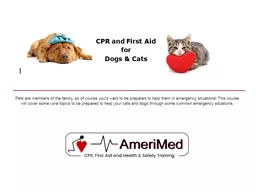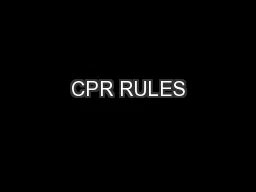PPT-What’s normal? Compared to humans: we breathe about 12-20 breaths per minute.
Author : test | Published Date : 2018-11-05
Breathing Whats normal Is it Shock Whats normal Dehydration Temperature Whats normal Heart Rate amp Pulse Whats normal Whats normal CPR for Dogs amp Cats CPR
Presentation Embed Code
Download Presentation
Download Presentation The PPT/PDF document "What’s normal? Compared to humans: we ..." is the property of its rightful owner. Permission is granted to download and print the materials on this website for personal, non-commercial use only, and to display it on your personal computer provided you do not modify the materials and that you retain all copyright notices contained in the materials. By downloading content from our website, you accept the terms of this agreement.
What’s normal? Compared to humans: we breathe about 12-20 breaths per minute.: Transcript
Download Rules Of Document
"What’s normal? Compared to humans: we breathe about 12-20 breaths per minute."The content belongs to its owner. You may download and print it for personal use, without modification, and keep all copyright notices. By downloading, you agree to these terms.
Related Documents














